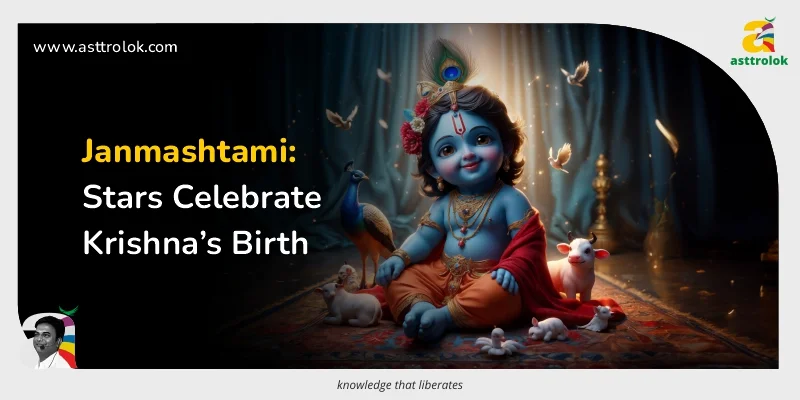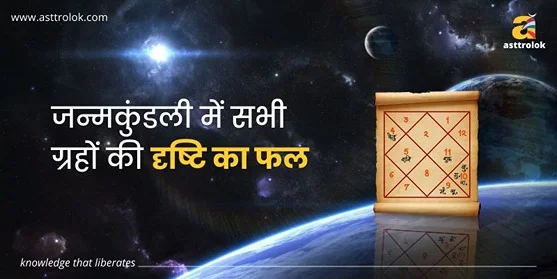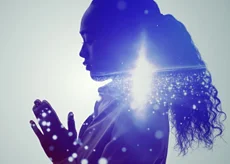
Janmashtami is a special festival in India, marking the birth of Lord Krishna. This day is not only celebrated on Earth but also in the heavens. The stars and planets, it seems, join in the celebration, aligning themselves to honor this divine occasion. But have you ever wondered how the cosmos itself marks Krishna’s birth? Let’s explore the astrological significance of Janmashtami and discover how the stars celebrate this sacred event.
If you want a detailed Kundali analysis, please consult with our Panel Astrologers
The Night Sky on Janmashtami: A Celestial Celebration
As Janmashtami approaches, the night sky changes in a significant way. Astrologically, this night falls on the Ashtami (eighth day) of the Krishna Paksha (waning phase) in the month of Bhadrapada. The stars and planets on this night hold a special meaning.
One of the most important stars during Janmashtami is the Rohini Nakshatra. It is under this star that Lord Krishna was born. Rohini is known for bringing beauty and prosperity, and on this night, the Moon is positioned in this star. The Moon, which influences our emotions, is at its strongest, bringing a sense of calm and connection to the divine.
Other planets also play a part in this cosmic celebration. Jupiter, the planet of wisdom, blesses everyone with guidance and righteousness. Venus, the planet of love, enhances the spiritual atmosphere, making it easier for us to connect with the love that Krishna represents.
Krishna’s Birth: A Miracle in the Stars
Lord Krishna was born at midnight, a time of deep darkness. But his birth symbolizes the triumph of light over darkness, and knowledge over ignorance. The timing of his birth, under the Rohini Nakshatra, is considered very auspicious. This Nakshatra, ruled by the Moon, represents the mind and emotions, which Krishna is known to master.
At the time of Krishna’s birth, the planets were in such positions that they removed all negative influences. This makes Janmashtami one of the most powerful nights for spiritual activities. The energy of the stars helps us connect with the divine, making it a perfect time for meditation, chanting mantras, and seeking spiritual growth.
If you want to learn astrology- Click here
Rituals and Their Connection to the Stars
The rituals of Janmashtami are deeply connected to the stars. Fasting, which many people observe on this day, is not just a sign of devotion but also a way to tune into the cosmic energies. By fasting, we become more open to the universe’s vibrations, enhancing our spiritual experience.
The midnight celebration, which marks Krishna’s birth, is another important ritual. Midnight, when the Sun is on the opposite side of the Earth, symbolizes an inner journey, moving from the external world to the internal. It’s a time when the boundary between the physical and spiritual worlds is at its thinnest, allowing us to connect more deeply with the divine.
Even the simple act of swinging the deity’s cradle has an astrological meaning. The cradle’s gentle swing represents the movement of the planets in their orbits. It reminds us that life is part of a larger cosmic dance, with Krishna at the center, guiding us all.
If you want to learn astrology- Click here
Conclusion: A Night of Cosmic Harmony
Janmashtami is more than just a celebration of Krishna’s birth; it’s a cosmic event where the stars and planets join in the joy. The alignment of the celestial bodies on this night creates a powerful spiritual atmosphere, making it a time of great potential for inner growth and divine connection. As we celebrate Janmashtami, we are not just remembering a historical event but participating in a cosmic dance, where the energies of the universe come together to honor the birth of the divine.
So, when you look up at the night sky this Janmashtami, know that the stars are celebrating with you. The entire universe rejoices in the birth of Lord Krishna, the eternal guide of humanity.
Read Also: Astrological Secrets to Solve Your Love Problems: A Zodiac-Based Guide
Comments (0)
Categories
Recent posts


जन्मकुंडली में ...
30 Aug 2023
Importance of Bhakoot Koota in Kundali ...
30 Aug 2023

.webp)














